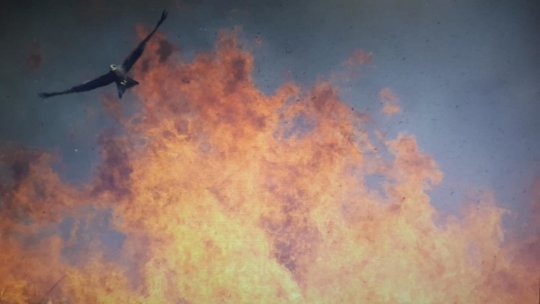[ad_1]
A new Biological Reviews article considers how fire histories affect animals’ movement and shape the distribution of species.
The review article also considers how novel threats of altered fire regimes, landscape fragmentation, and invasive species result in suboptimal movements that drive populations downwards. In addition, it raises key questions that, if addressed, will help clarify the role of animal movements in affecting the long-term responses of species to fire-induced vegetation change.
“Fire shapes ecosystems around the world by incinerating plant biomass, and in doing so it shapes the availability of resources for animals; however, the way that animals are distributed in fire-prone landscapes isn’t just a product of the distribution of their favored resources. We have long tried to understand why species are distributed as they are in fire-prone landscapes, but most of the current theories fall short of explaining those patterns,” said lead author Dr. Dale Nimmo, of the Charles Sturt University, in Australia. “In this paper we have tried to consider the consequences of animal movement and how patterns of movement might change, and even become harmful, when habitats become fragmented, invasive species (such as novel predators) are introduced, or fire regimes change abruptly. Answering the questions we pose will require fire ecologists and movement ecologists to work together, using both established and emerging technologies to quantify animal movement in relation to fire history.”
Story Source:
Materials provided by Wiley. Note: Content may be edited for style and length.
[ad_2]















